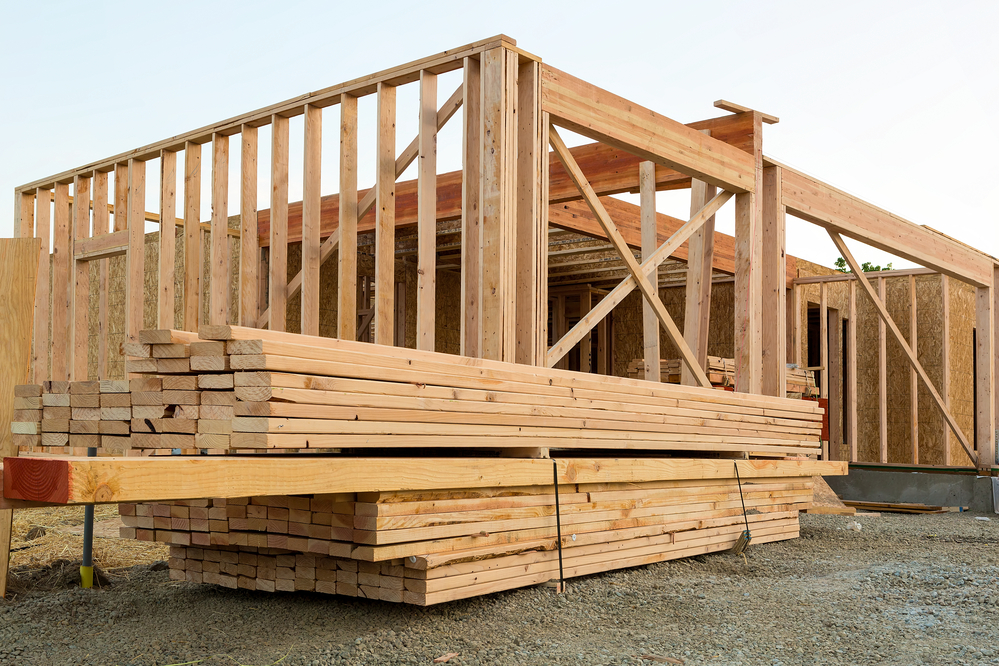U.S. single-family home building slowed down its pace in the exurban areas, which experienced strong growth since the pandemic. Both high mortgage rates and supply-chain disruptions have put a damper on the housing market, according to Home Building Geography Index (HBGI).
The growth rate of single-family construction in large metro outlying counties went down to negative 4.4% in the Q3 2022 from 31.9% in the Q3 2021. Meanwhile the growth rate in smaller metro outlying countries fell 30.6 percentage points, from 26.5% to negative 4.1%, according to the National Association of Home Builders (NAHB).
NAHB’s HBGI shows that single-family home building in urban core areas in both large and small metro areas saw negative growth rates in the Q3 2022, while rural counties, including both micro counties and non-metro/micro counties, had positive year-over-year growth rate. Higher housing prices in urban core areas make it more sensitive to hikes of interest rates, compared to those outside the urban cores.
Image: NAHB
Housing demand continued shifting from these higher density core areas to low density markets, where homes are larger and more affordable in the Q3 2022. At the beginning of the pandemic, homebuyers desired more personal space for the work-from-home and remote learning models. Declines in housing affordability in high cost and highly regulated markets also drove homebuyers to low-density outer markets, which have a larger share of affordable homes. From the Q1 2020 to the Q3 2022, the market share for single-family home building in large metro core and inner suburbs has fallen from 44% to 41.3%. In contrast, single-family home building in outer suburbs in large and medium sized metros has increased from 18% in the Q1 2020 to 19%.
